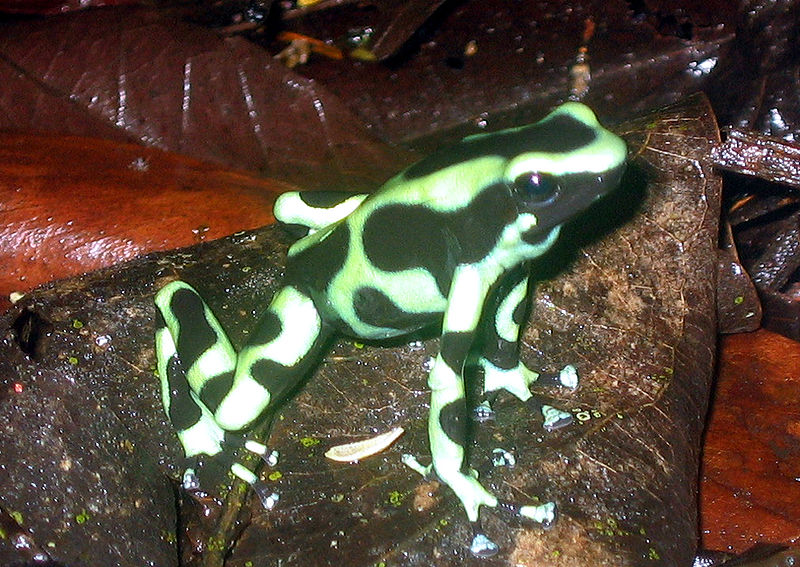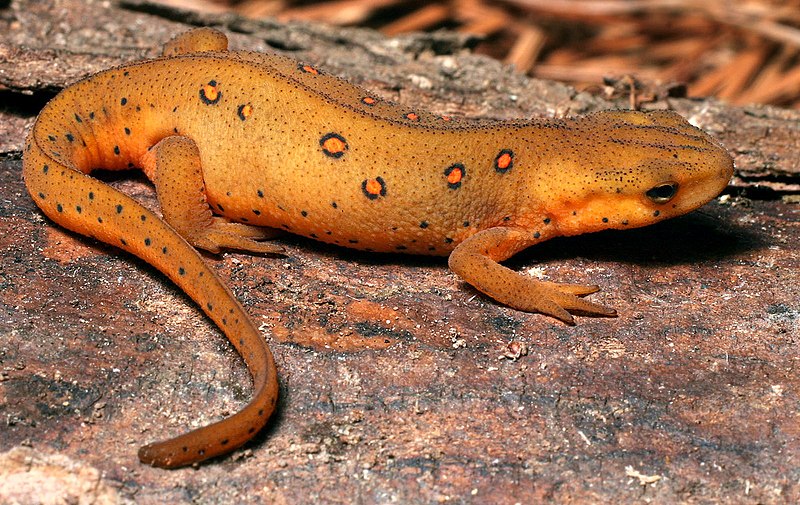 I’ve always favored the boldly-marked Green and Black Poison (or “Dart”) Frog, Dendrobates auratus, over most of its relatives. This was a turn of good fortune for me, as this gorgeous creature is one of the largest and easiest of the poison frogs to maintain. It is also not at all shy – while working in Costa Rica, I was surprised at how easy wild ones were to observe – and makes a wonderful exhibit animal. Green and Black Poison Frogs have become almost common in the trade, yet many remain unaware of some surprising aspects of their lives in the wild.
I’ve always favored the boldly-marked Green and Black Poison (or “Dart”) Frog, Dendrobates auratus, over most of its relatives. This was a turn of good fortune for me, as this gorgeous creature is one of the largest and easiest of the poison frogs to maintain. It is also not at all shy – while working in Costa Rica, I was surprised at how easy wild ones were to observe – and makes a wonderful exhibit animal. Green and Black Poison Frogs have become almost common in the trade, yet many remain unaware of some surprising aspects of their lives in the wild.
Little-Known Facts
First a few notes that have surprised me over the years.
Hobbyists accustomed to seeing these frogs in terrariums may be surprised to learn that wild specimens sometimes venture into forest canopies over 100 feet above ground…quite a climb for a minute frog! Read More »
 That Reptile Blog – Reptile, Amphibian and Exotic Pet Care and Information
That Reptile Blog – Reptile, Amphibian and Exotic Pet Care and Information




